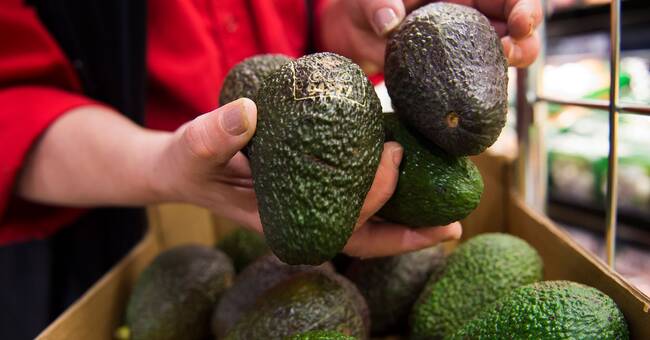Green
Legumes, such as beans, lentils and peas, are marked in green.
The reason is that they are resource-smart and production has a low climate impact.
Vego meat and bean steaks are also classified as good choices.
Swedish cucumbers and tomatoes, both organic and non-organic, get the green light thanks to the fact that Sweden mainly uses renewable fuels when these are grown.
- These are products that you should preferably base your meals on because there are more sustainable choices in terms of the aspects we assess from the outside, says Anna Richert, senior food expert WWF.
Yellow
Cereals are generally considered to be climate-smart.
This with the exception of rice, quinoa and sweet potatoes, which are marked in yellow.
Rice has a relatively high climate impact and requires large amounts of water during cultivation.
However, the fact that it is marked in yellow does not mean that you have to stay away from it completely, but that you can instead replace it with something else from time to time, such as grits.
But there are other ways to go about getting your favorite carb.
- If you still want to eat rice or quinoa, you can look for the organic varieties, because they get the green light.
Orange
For those who are used to nibbling on a handful of nuts, a sadder message comes.
Several types of nuts, coconut, avocado, banana and dates get orange light due to the risk of loss of biodiversity or that they can have a high impact on water resources.
An alternative can instead be the organic varieties, which get yellow or green light.
- Here, too, there are always organic alternatives to choose from that are better assessed.
You can advantageously think that you can rarely use these products, as a luxury product and as a spice, says Anna Richert.

